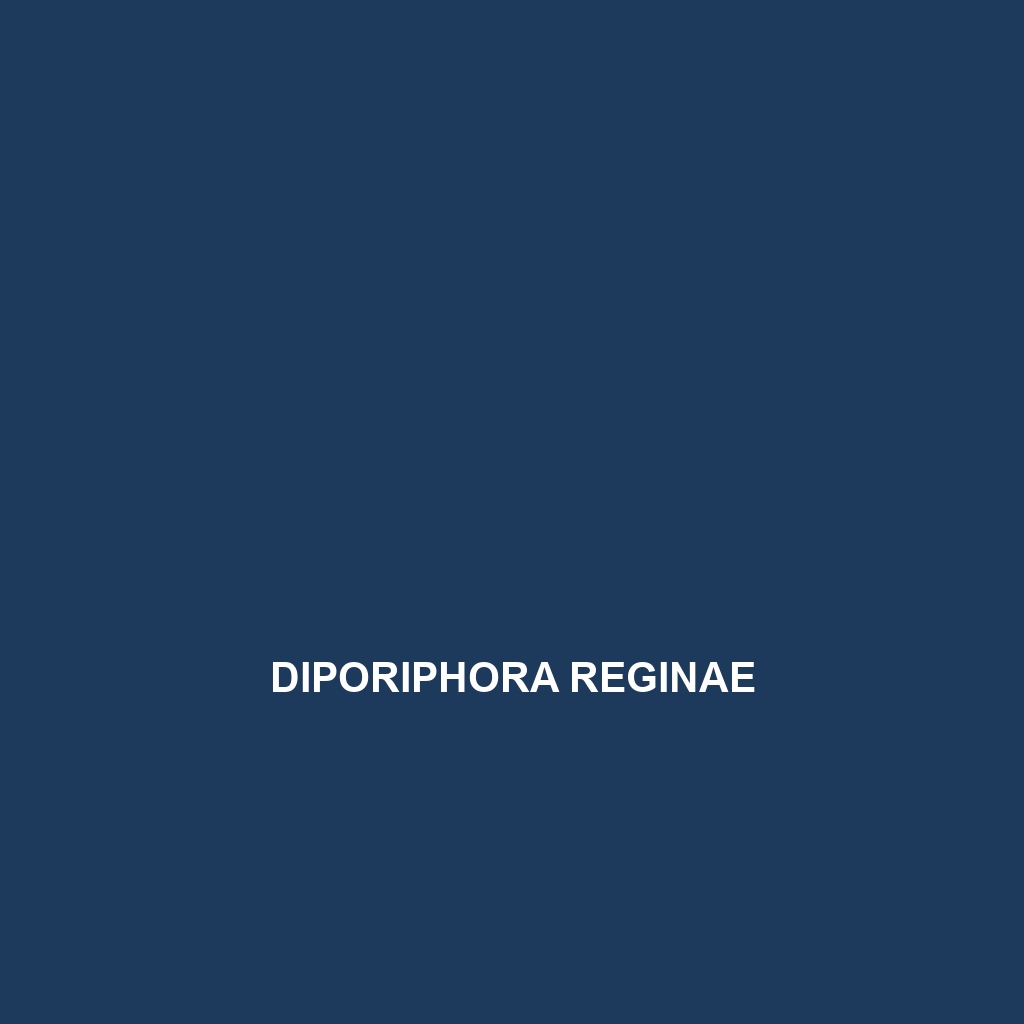Diporiphora pindan – Species Description
Common Name: Diporiphora pindan
Scientific Name: Diporiphora pindan
Habitat
Diporiphora pindan is primarily found in the northern regions of Australia, particularly in the tropical and subtropical woodlands and shrublands. This species thrives in areas characterized by sandy soils and sparse vegetation, often inhabiting lignum swamps and Acacia-dominated environments. Its distribution is largely confined to the Pindan region of Western Australia, where it adapts well to the arid conditions.
Physical Characteristics
This species typically measures about 15 to 20 cm in total length. Diporiphora pindan exhibits a distinctive coloration that includes a combination of brown and gray tones, providing effective camouflage against the sandy substrates of its habitat. It has a slender body shape, elongated limbs, and a pointed head, with prominent markings that may feature dark stripes running along its sides, enhancing its ability to blend into its surroundings.
Behavior
Diporiphora pindan is mainly active during the daytime (diurnal) and exhibits a range of behaviors that include basking on warm surfaces and foraging for food. This species is known for its adept climbing abilities, frequently seen scaling trees and shrubs to escape predators or search for food. Additionally, it displays territorial behaviors, particularly during the breeding season when males engage in displays to attract females.
Diet
The diet of Diporiphora pindan primarily consists of insects and other small invertebrates, making it an insectivore. It has developed feeding habits that include actively hunting or ambushing prey from its perch, utilizing its keen sense of sight to locate food. The species may also consume small fruits and flowers when insects are scarce, showcasing its opportunistic feeding behavior.
Reproduction
Diporiphora pindan breeds during the warmer months, particularly from spring through early summer. The female typically lays a clutch of eggs in a secure location, often in leaf litter or burrows, providing protection for the developing embryos. After hatching, the young lizards are independent and receive no parental care, a common trait among many lizard species.
Conservation Status
Currently, Diporiphora pindan is classified as ‘Least Concern’ according to the IUCN Red List, indicating that there are no immediate threats to its population or habitat. However, like many species, it remains vulnerable to habitat destruction and climate change, underscoring the importance of monitoring environmental impacts.
Interesting Facts
One of the fascinating aspects of Diporiphora pindan is its impressive camouflage, which allows it to evade predators effectively. Additionally, this species has adapted to thrive in its specific habitat, showcasing evolutionary traits that enhance its survival in arid environments.
Role in Ecosystem
Diporiphora pindan plays a vital role in its ecosystem as both a predator and prey. By controlling insect populations, it contributes to the ecological balance. Moreover, as a prey item for larger predators, it serves an essential function in the food web, highlighting its importance in maintaining biodiversity in the Pindan region.
This HTML-formatted species description provides a comprehensive overview of Diporiphora pindan, optimized for search engines while maintaining informative content.
